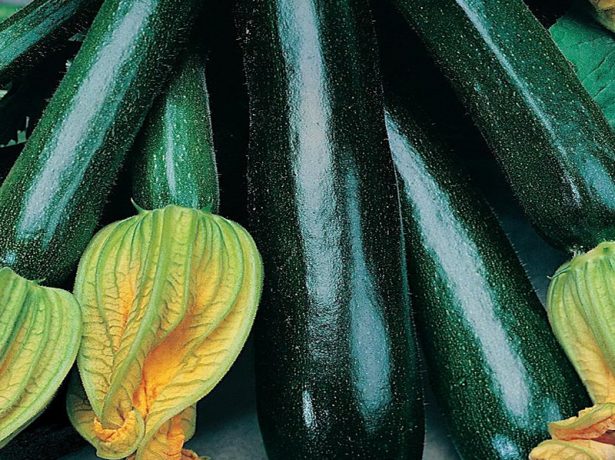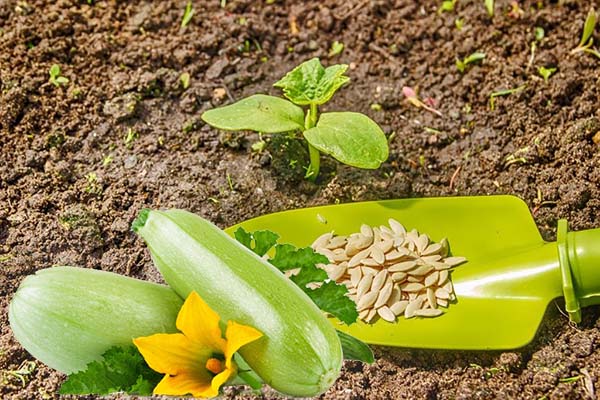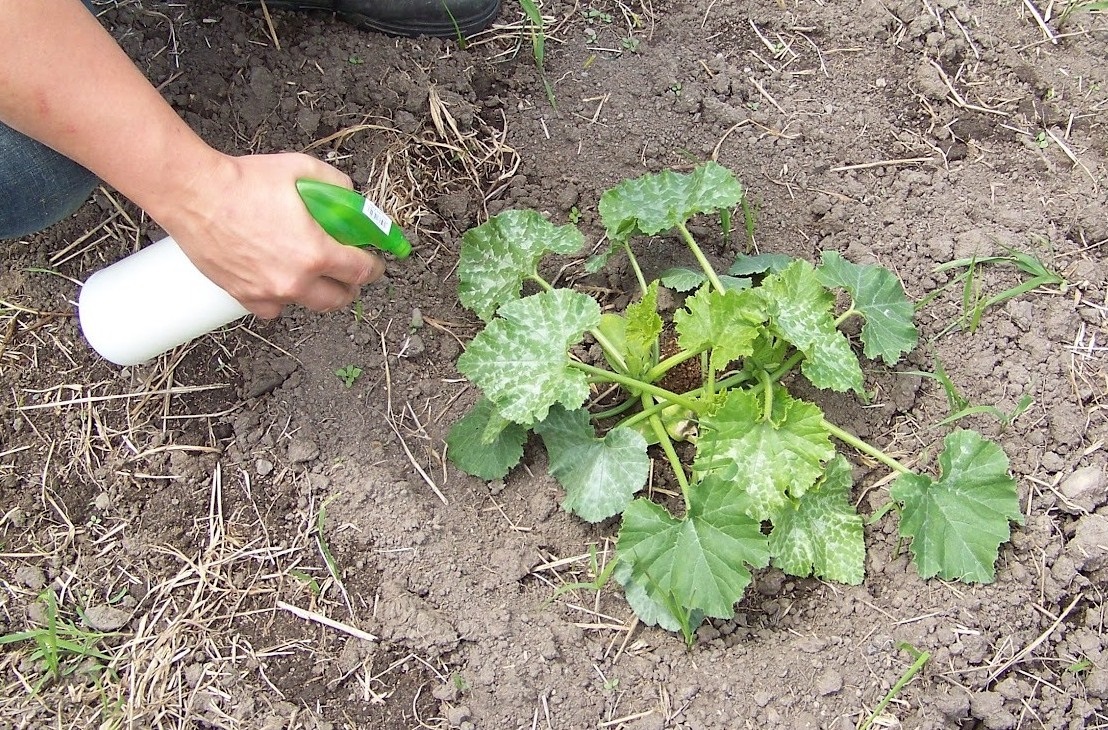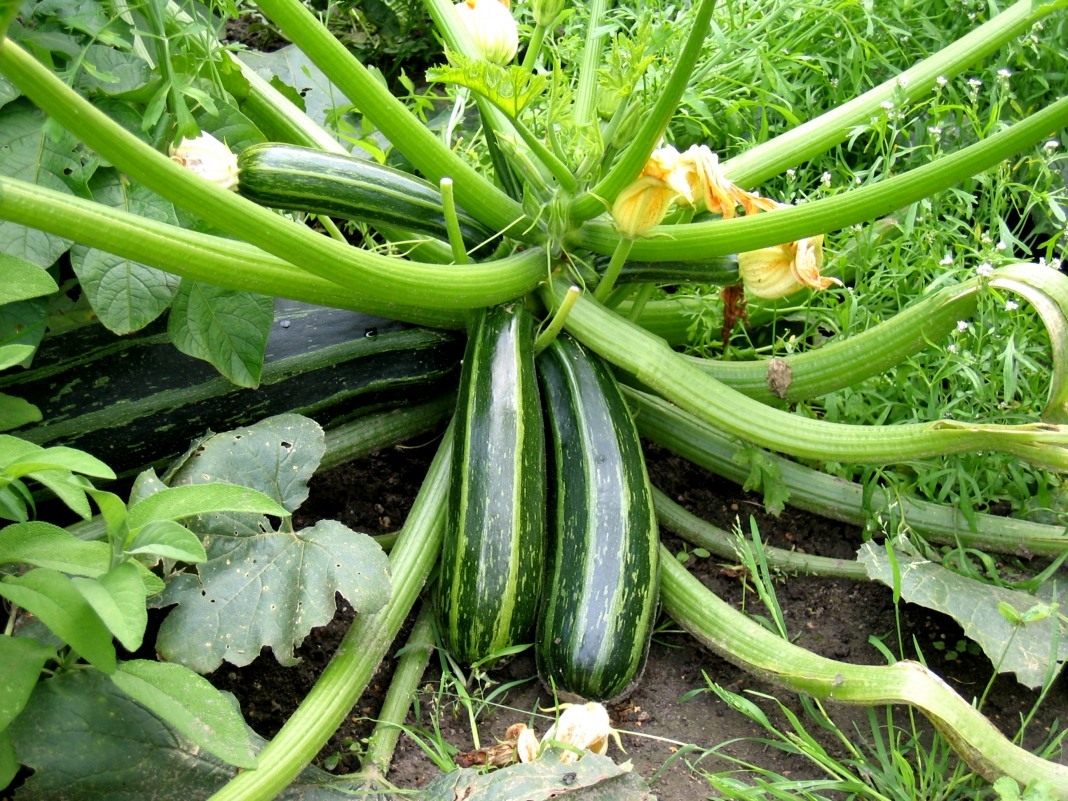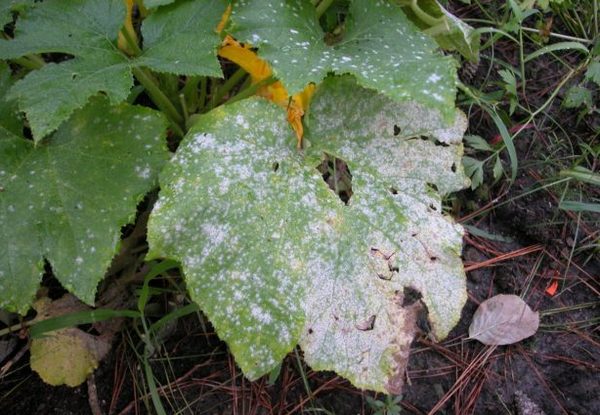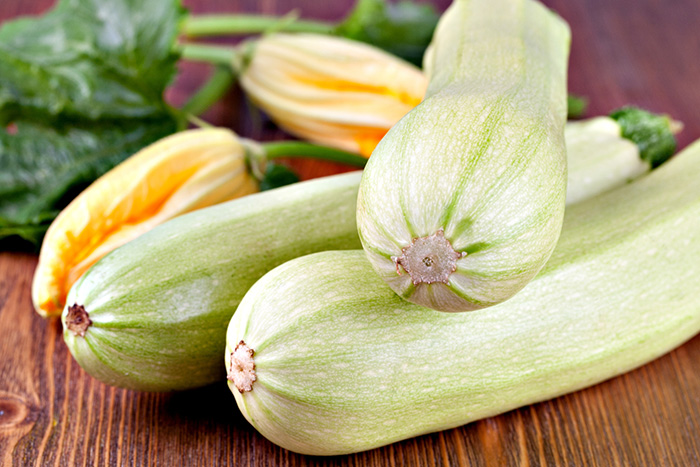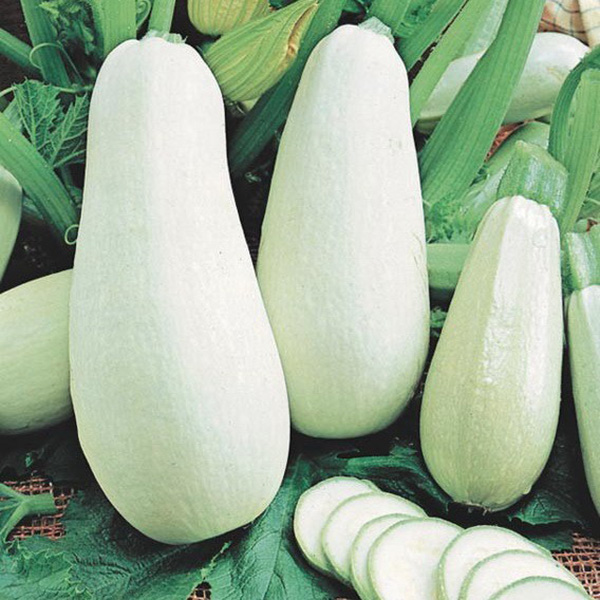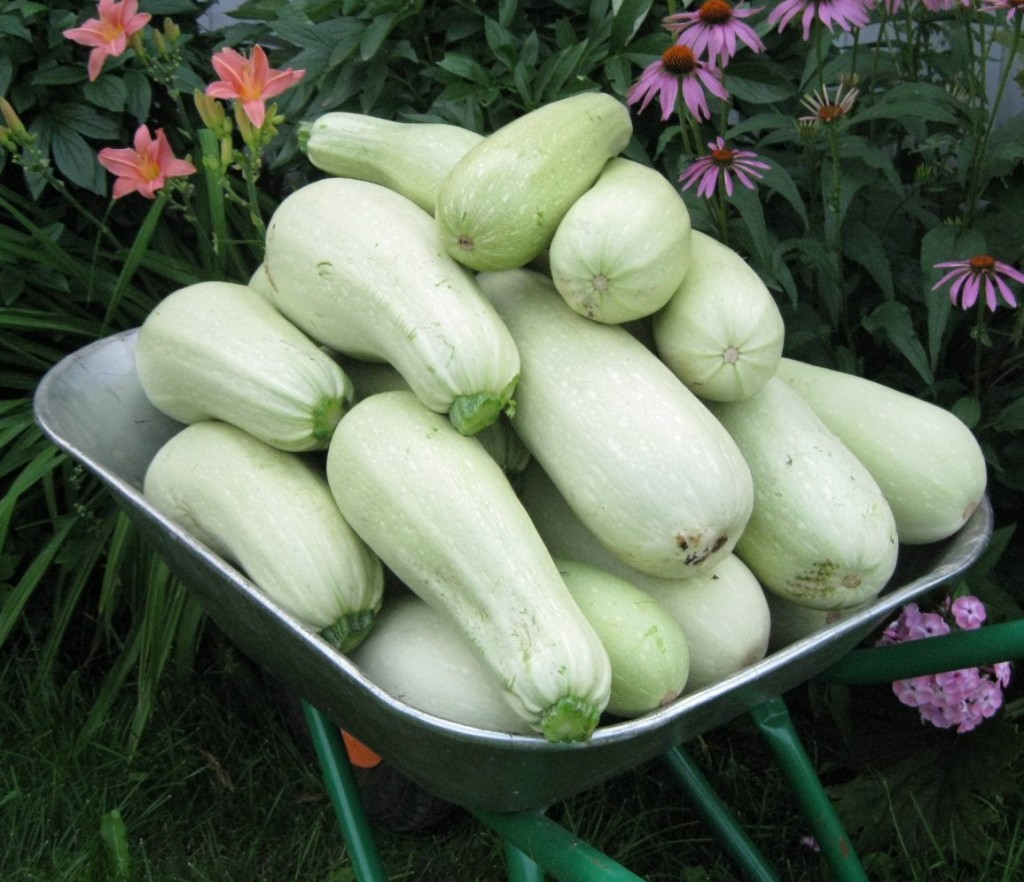Russian gardeners willingly cultivate zucchini. Caring for this crop does not require a lot of time and effort, and the fruits can be used to prepare many healthy dishes. One of the most popular varieties is Izumrud zucchini.
Zucchini Emerald: description and characteristics of the variety
This variety belongs to early maturing and high-yielding varieties. The pulp of the fruit has excellent taste, density and juiciness. The harvest is formed amicably. The plant forms a small bush with a short main lash. Zucchini Emerald has rather large dark green leaves with split edges.
The dark green fruits are cylindrical. Their surface is covered with small specks. The weight of one fruit ranges from 0.8 to 1.4 kg. In the middle of the fruit are small elliptical seeds. From 1 m2 you can collect from 1, 7 to 5, 0 kg of courgettes.
Growing features
It is possible to breed zucchini Emerald either directly by sowing seed material in the beds, or through seedlings.
Seedling preparation
You can start preparing seedlings in the first half of April. Each plant is grown separately. You can choose from peat pots, cardboard packaging or plastic cups.
They are filled with a soil mixture of equal parts of peat, humus and sawdust. You can add 1 tsp to each container. wood ash, saltpeter or urea. To accelerate the emergence of the first shoots, the soil can be watered with a little hot water before planting.
Before sowing, seeds must be disinfected by placing them in a potassium permanganate solution for 20 - 30 minutes. After that, the seeds are buried into the ground by 1 - 1, 5 cm.
Good lighting is essential for a healthy and strong vegetable marrow. If there is not enough light, the seedlings will stretch out and be weak. 25 days after germination, it can be planted in the beds.
Sowing with seeds
Zucchini seeds are sown in fertile soil. First, it must be thoroughly loosened, and then a complex of fertilizers is applied. The optimal time for sowing seeds is late May-early June.
Shallow holes are made in the soil, the distance between them should be 55 - 60 cm. The soil temperature is not less than 15 degrees. Otherwise, the seeds will sprout slowly and unevenly.
Plant care consists in high-quality watering, fertilization and weed control. Watering the zucchini is necessary only at the base of the stem. For this, warm water is used.
During the season, it is recommended to feed the zucchini at least 2 times. The first time the plants are fertilized 6 - 9 days after germination. You can prepare the nutrient mixture yourself: dissolve 100 g of mullein in 10 liters of water. For 1 plant, approximately 50 ml of such a solution is used.
The second time the plants can be fed after another 10 - 12 days with mullein solution, to which additionally add superphosphate, saltpeter or nitrophosphate. For 1 plant, 1 tbsp is used. such a solution.
For cultivating zucchini, you can use compost beds made from dry potato tops or compost. In this case, the plants do not need to be fertilized.
The first crop can be harvested 40 - 45 days after planting seedlings in the beds. There are many interesting recipes that use the fruits of the Emerald zucchini.
